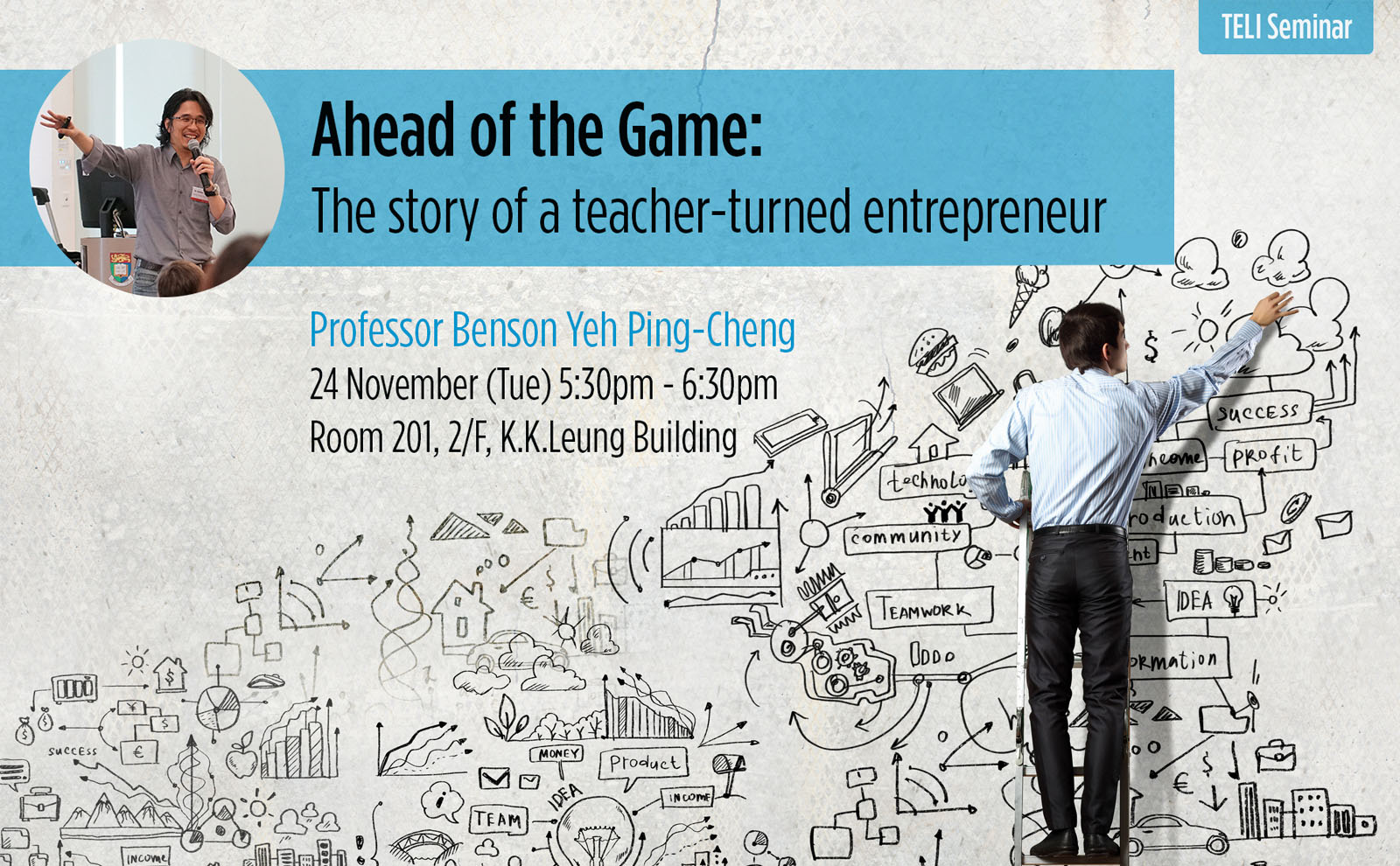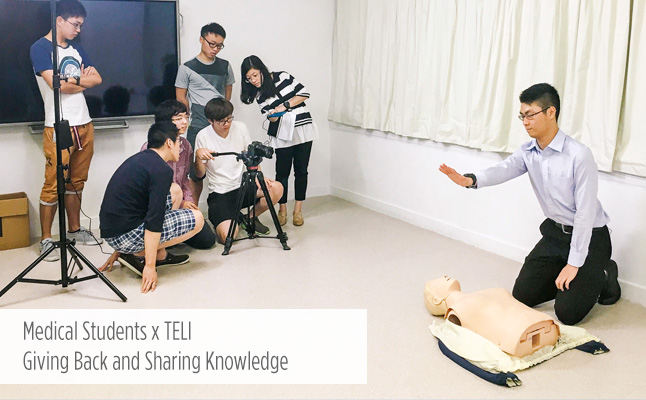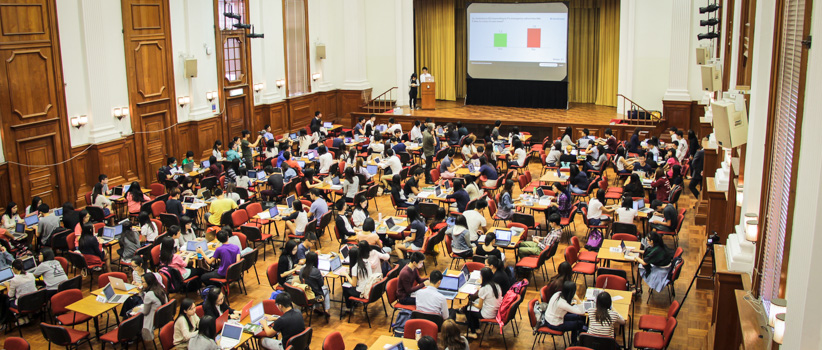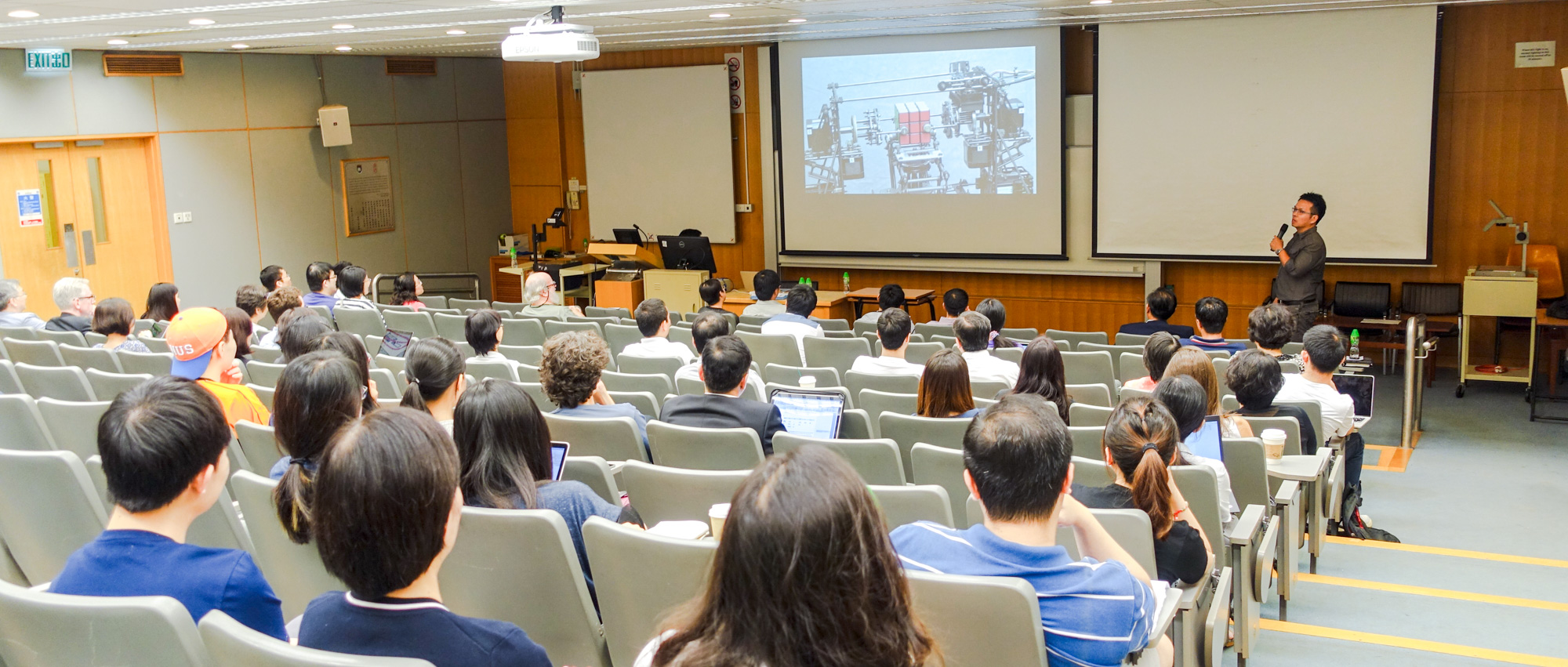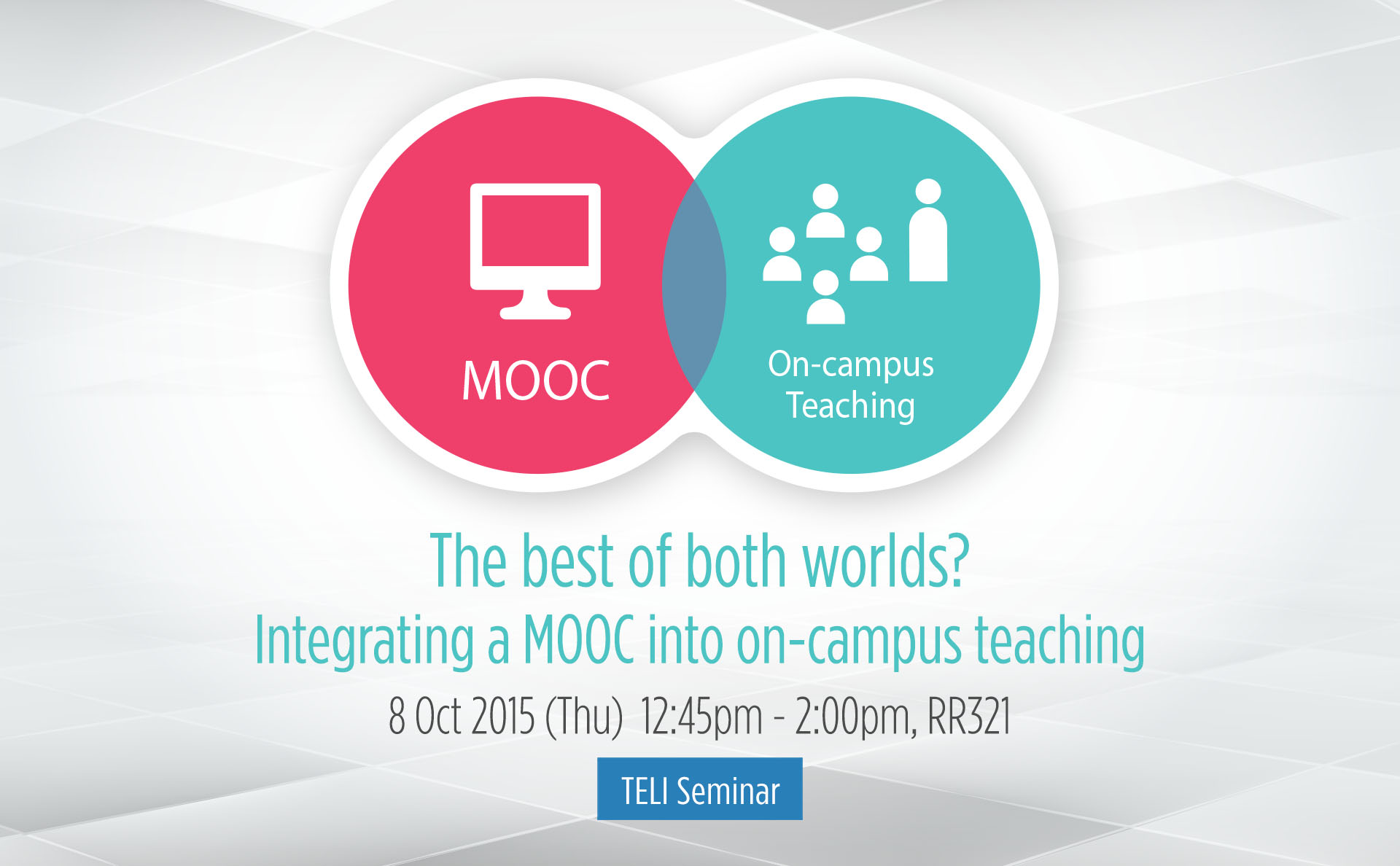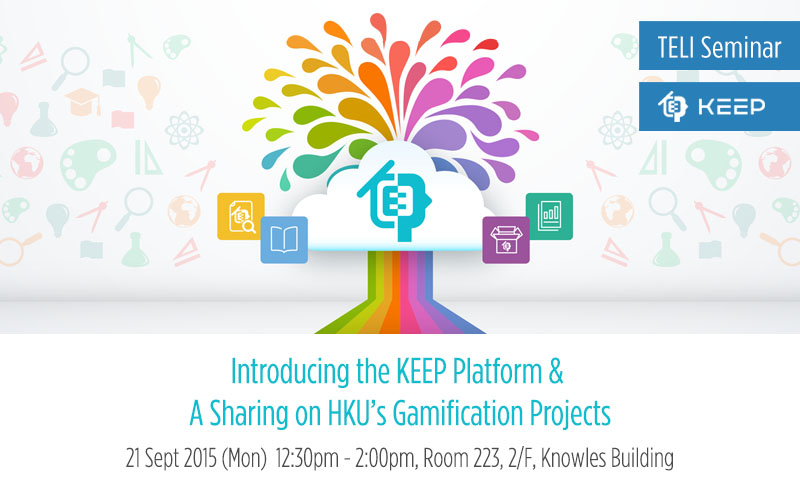
Seminar by Technology-Enriched Learning Initiative
Date : 24 November, 2015 (Tuesday)
Time : 5:30pm – 6:30pm
Venue : Rm 201, 2/F, K.K. Leung Building, HKU
About the Speaker
Professor Benson Yeh Ping-Cheng, Director of MOOC Program at National Taiwan University, is a pioneer in designing and experimenting new pedagogical initiatives. His award-winning educational social game, PaGamO, is a breakthrough in gamification. Based on this initiative, Professor Yeh started BoniO, a software production house with investment from the Foxconn Technology Group. Professor Yeh believes that education in the future lies in gaming and that every generation should have their own story of entrepreneurship.
About the Seminar
In this seminar, Professor Yeh will share his experience in writing his own story of entrepreneurship in order to encourage teenagers to go for their dreams. The setting up of BoniO was out of two major intentions. By recruiting mostly young graduates in the team, Professor Yeh aims to allow teenagers to have hands-on experience with entrepreneurship. He aspires to ignite the passion and courage in the next generation to put their business plans into action. Another purpose of BoniO is to make an impact on education; more specifically in the mode of learning. He believes that education of the next generation has to be closely tied to gaming; and in order to provide sustainable and easily applicable tools for teachers in gamifying educational contents, it is essential to start up a business.
For enquiries, please contact Miss Bonnie Yu by email yka0201@hku.hk.

